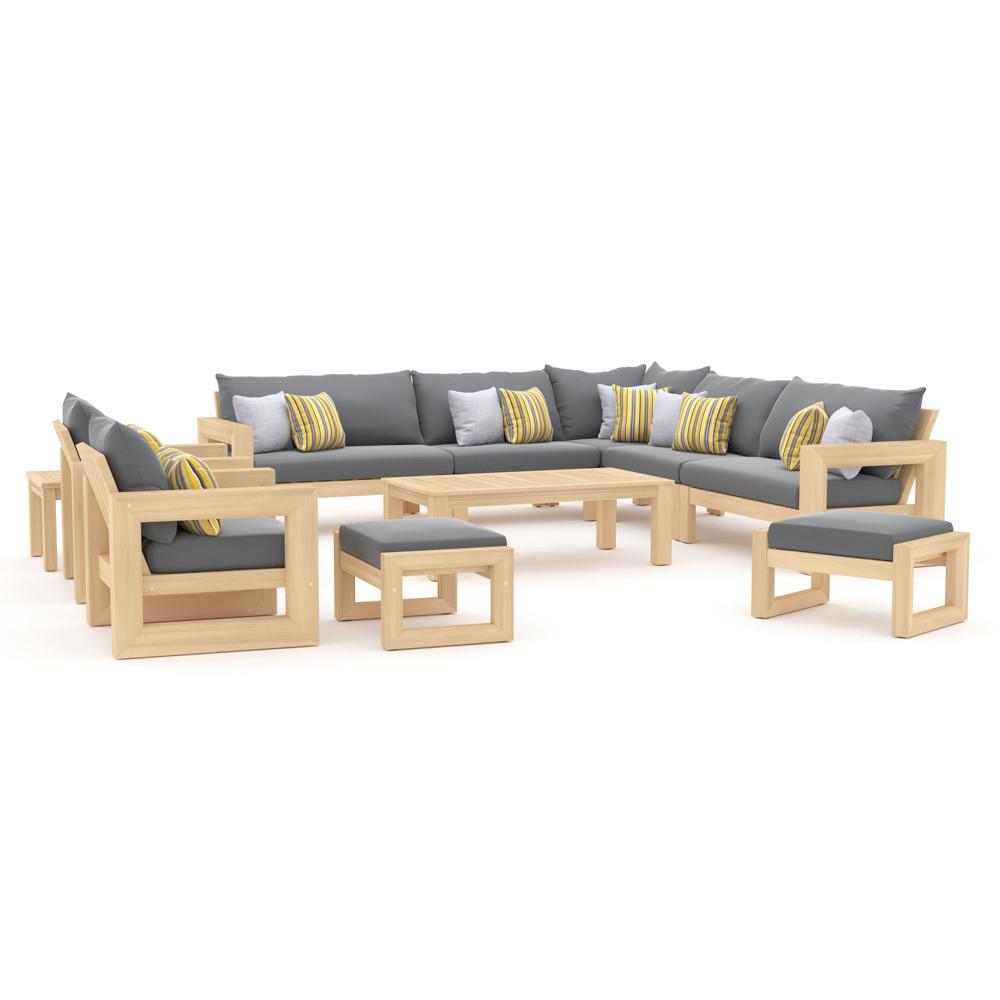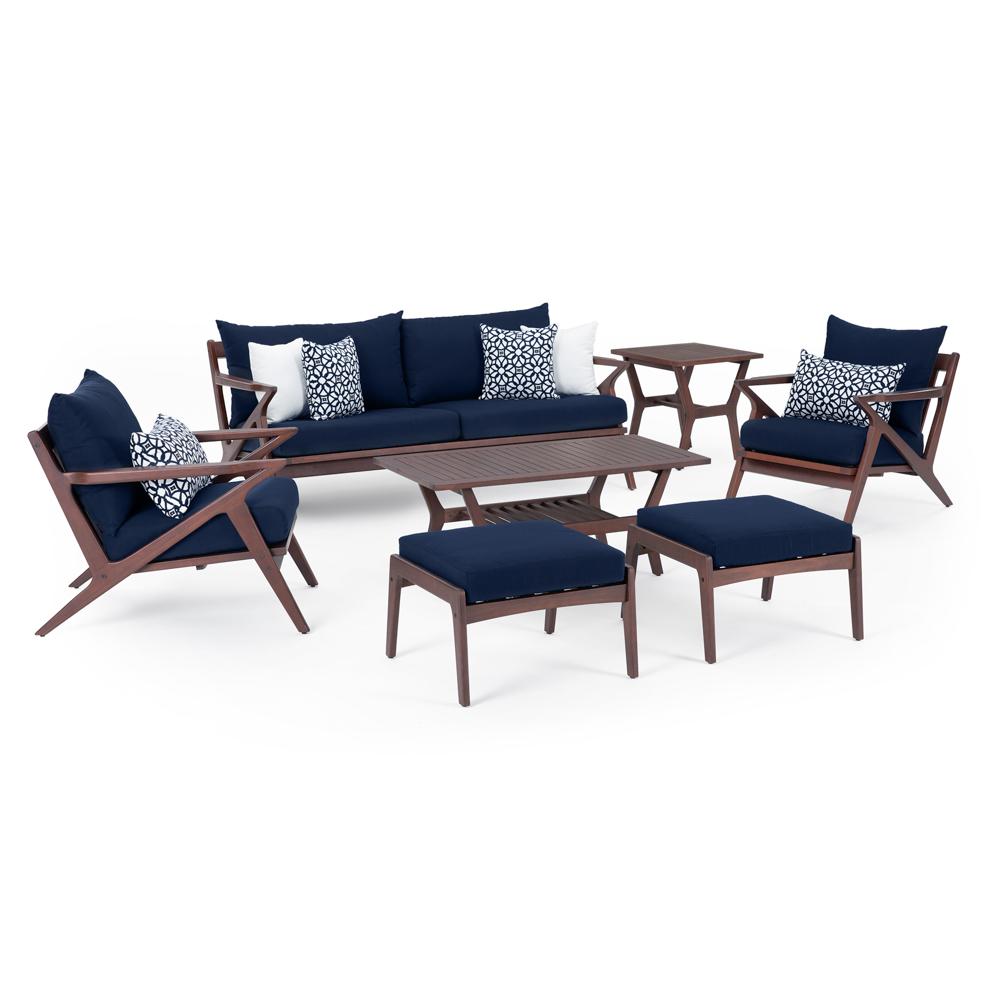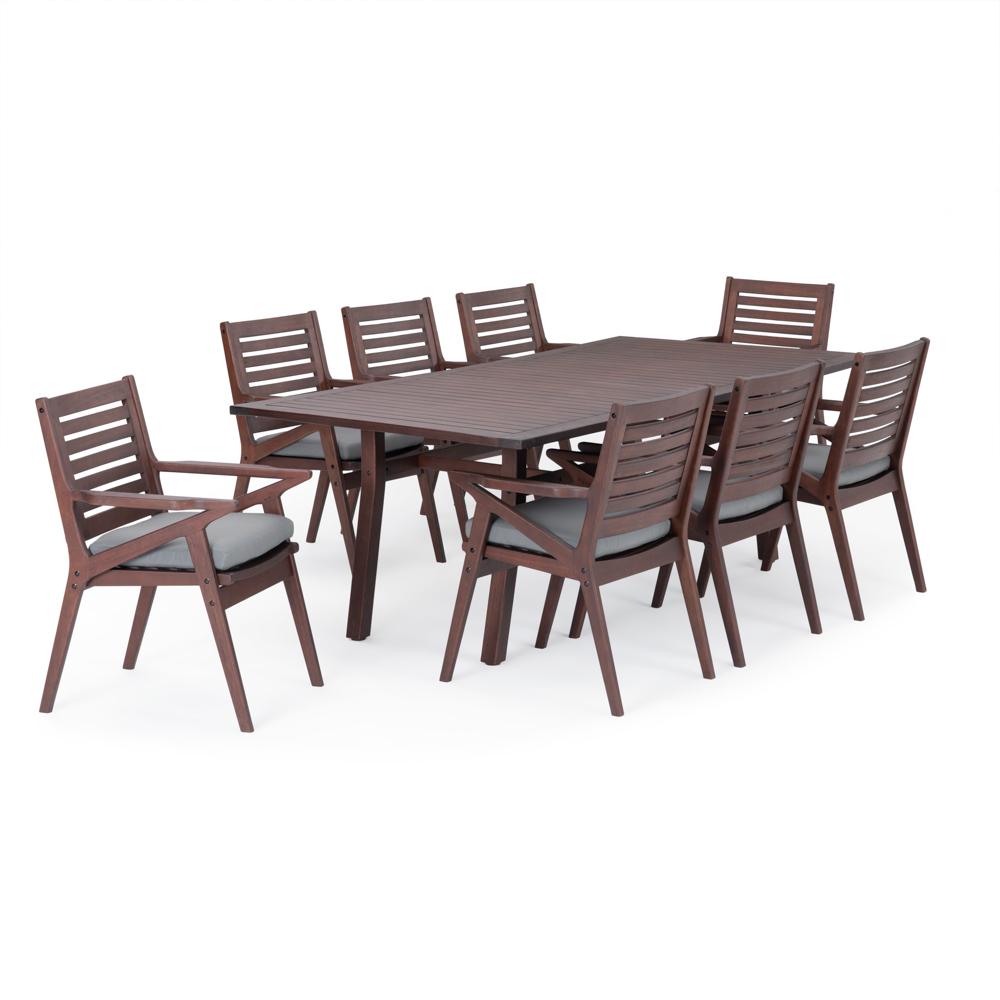Just as important as knowing when to plant, water, and fertilize is understanding how to keep outdoor plants alive in winter.
Overwintering Plants: Inside, Outside, or Somewhere In Between?
What plants can live outside in the winter? During the winter months, plants go through a cellular change. Many of your fruit trees, like apples and pears, need a little break to rejuvenate and produce again the following year. That’s why you can’t grow all varieties of apples in a tropical zone, despite having constant warm temperatures—most apple trees simply need that chill during the off-season.
Inside
Tropical plants like orchids and hibiscus must come inside if you are in a cold zone. If you are in a zone where the ground will freeze hard, you should also bring in tuber roots of plants like dahlias. After the first frost, dig up the roots, dry them in a cold dry place like a basement, then pack them away in sawdust in totes or boxes until you can replant them in spring.
Other plants may need to stay in your home where temps are higher and more consistent. If they require a good amount of sunlight, try to place them in a southern exposure. Make sure you check your plants carefully for pests before bringing them inside. Although we’re sure they’d love coming in where it’s warm, too!
Somewhere In Between
If you have the room, potted plants do not have the insulating factor of plants in the ground, so you should bring them into a garage or potting shed. If not, gathering them together to insulate each other and then covering them will also work wonders. What can we say? Potted plants are snugglers.
Outside
Most of your plants can stay outside, but they will need some protection and tender loving care before winter weather does its worst.

Correct Covering
The key to healthy plants in the spring is correct covering in the fall. There are a few different techniques you can use.
Mulch
Clear away old mulch, and then add 4-6 inches of clean, dry mulch around the base of your plants. You can buy bark or hay or use organics like leaves and grass clippings from your own yard.
Water Works
While watering your plants in the fall may seem cold and counterintuitive, deep watering is actually an excellent means of insulating your roots. When the temperatures start to drop, but before the first frost, give your plants about 6 inches of water every few days. Best to lay off the White Claws, though—just in case your plants have taste buds.

Frame and Cover
Throwing an old sheet over your perennials may keep frost at bay, but it should not be a winter-long solution. The contact between the fabric and the foliage can cause damage.
Instead, purchase cold frames at your local nursery or build your own. You can also use old buckets, chicken wire, or hula-hoops. The cover itself can be old bedding or burlap, but do not use plastic. This can trap too much moisture and destroy the plants.
Trimming the Trees
You can get your yard ready for overwintering with proper pruning. Trimming trees, shrubs, and other plants is vital to their continued health and vivaciousness. You should not prune in the spring, because that is when your plants are coming back to life.
Pruning dead wood and foliage can:
Promote new growth in spring.
Improve plant structure and form.
Increase productivity of fruit and blossoms.

Keep a Plant Journal
Your plant journal is a priceless tool that will make plant maintenance so much easier year-to-year, not to mention serving as a handy reminder for how to keep plants alive in winter. Some items to include are:
Sketches of your beds
Photos of your garden and landscaping
Information on plant sources—who, what, when, and where
Dates of growth, blooming, planting, and transplanting
Fertilizers used—what works and what doesn’t
Notes on pests or diseases experienced
All the hot plant goss you can put to paper

Fight Cabin Fever with RST Brands
You’re not going to hide inside with the orchids all winter, are you? RST Brands can help you put together a winter patio that will send you off to enjoy the Great Outdoors during those chilly January days.
Frame your patio with raised beds, and fill it with hardy winter plants. The further north you are, the hardier they will need to be. For example, if you’re in northern Michigan, you will probably want to stick with evergreens. Blossoms cannot survive that kind of cold.
If you are in Zone 5, you can try some sturdy blossoms like delphinium or hollyhocks. In the south, you have many options for color and blossoms, but remember to always keep an eye on the weather in case there is a dip in the thermometer.
When winter winds blow, and it starts to snow, cabin fever can creep in quickly. Now that you know how to take care of your plants in the winter, you can decorate with quality outdoor furniture from your friends at RST Brands, warm the area with a fire table set, and enjoy some fun and rejuvenating outdoor winter dining. With a lovely winter patio, you can still enjoy some fresh air.






























